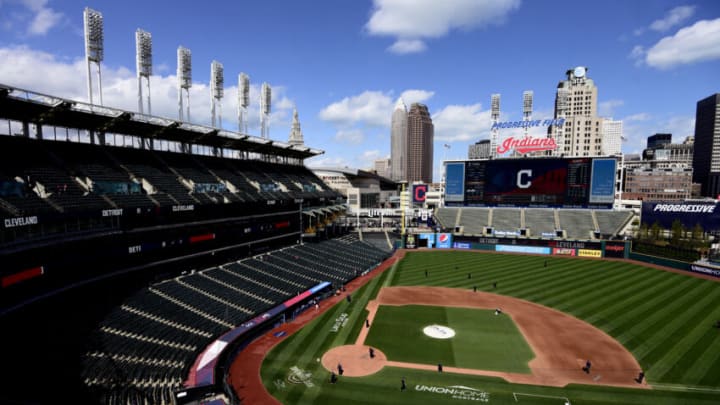
Cleveland Indians derailment factor #3: Payroll
Yes, here we are once again to harp on the payroll decisions of a mid-market team, something that will always be a factor for Cleveland. And at the same time, spending money does not always equal winning in baseball, but in a sport with no cap rules or, to my dismay, even salary minimums, it can be a contributing factor in a team’s performance each season. To further my point about money not equating to wins, the New York Mets ($112.5M), the Philadelphia Phillies ($147.5M), and San Diego Padres ($162.5M) all missed the postseason despite having top-10 payrolls in baseball.
However, teams who spend with a purpose (Tampa Bay, Houston, San Francisco and Milwaukee to name a few) can invest intelligently to bolster their chances each season. This is something Cleveland did not do intentionally in 2021, with an incredibly young roster and plans to spend for 2022 to make the first season as the Cleveland Guardians competitive both for morale of the core and for new merchandise sales. Cleveland had the third lowest payroll on opening day, ahead of only Baltimore and Pittsburgh, but what it does line Cleveland up to do is exactly what Tampa Bay and other AL rivals excel at; find valuable depth to spend on.
The Indians took a long look at a lot of their young talent in 2021, and likely used that time and those evaluations to determine their plans for the Rule 5 Draft, their free agent targets and possible trades the team can and will explore during winter meetings (barring the new CBA deal, of course.) In a previous post about rebuilding the possible roster of the Indians for 2021, Cleveland’s average payroll since 2016 was found to be roughly $86.5M, something Cleveland undershot this year by nearly $40M.
Cleveland will have the payroll this offseason to bolster the roster, both with possible extensions for Shane Bieber and Jose Ramirez, and to take their shots at potentially high value free agents, especially in the outfield and bullpen. Short term, it was a rough season to watch, but the payroll should be a much less sore subject entering 2022 as Cleveland looks to re-open their championship window.
